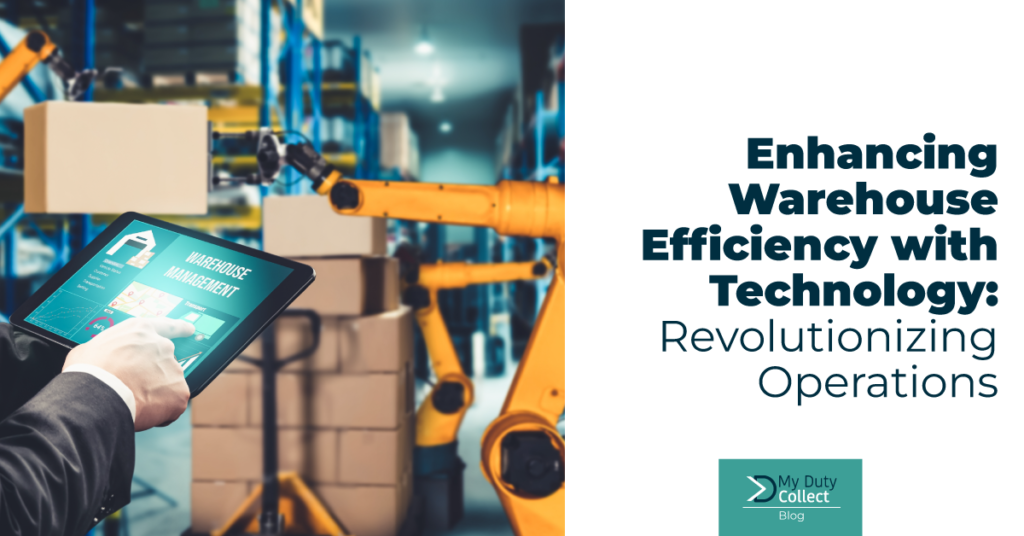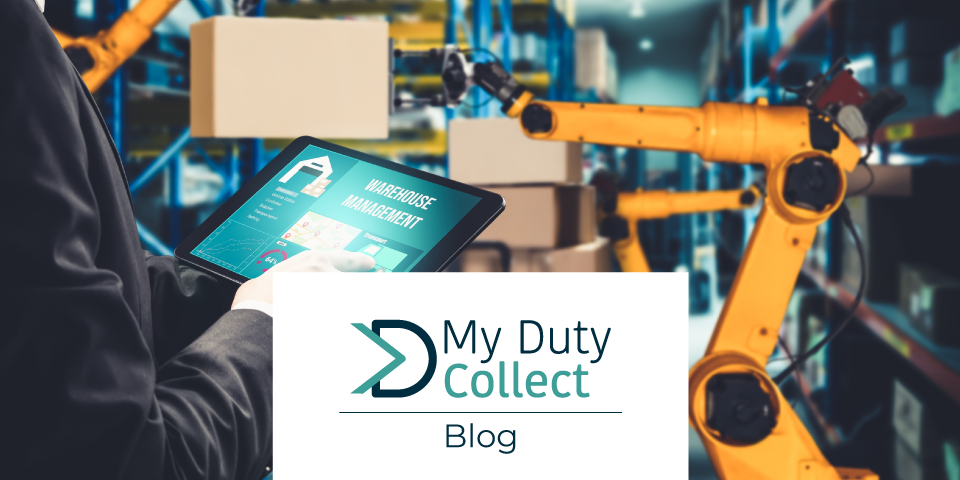Warehouses serve as the backbone of the logistics industry, facilitating the movement and storage of goods. To meet the growing demands of customers and stay competitive, warehouse operators are increasingly turning to technology to enhance efficiency, streamline operations, and optimize overall performance. In this blog post, we will explore the various technologies revolutionizing warehouse management and discuss their significant impact on improving efficiency.
–
READ MORE: How Digitalization is Transforming Customs
–
Warehouse Management Systems (WMS)
Warehouse Management Systems play a pivotal role in enhancing efficiency by automating and optimizing warehouse operations. WMS solutions enable real-time inventory tracking, efficient order fulfilment, and accurate stock management. They provide comprehensive visibility into the warehouse activities, allowing managers to make informed decisions and streamline processes.
Robotics and Automation
The implementation of robotics and automation technologies has transformed the way warehouses operate. Automated systems, such as robotic picking and sorting, can significantly increase the speed and accuracy of order fulfillment. Automated guided vehicles (AGVs) and autonomous mobile robots (AMRs) efficiently transport goods within the warehouse, reducing manual labor and improving overall productivity.
Internet of Things (IoT)
IoT has opened up new possibilities for warehouse efficiency. By connecting devices and systems, IoT enables real-time tracking, monitoring, and control of warehouse operations. IoT sensors can be deployed to track inventory levels, monitor equipment health, and optimize energy consumption. This data-driven approach helps identify bottlenecks, streamline workflows, and minimize downtime, leading to improved operational efficiency.
Warehouse Analytics
Leveraging big data and analytics in warehouse management provides valuable insights for optimizing operations. Analyzing data on order patterns, inventory levels, and workforce performance can lead to more accurate demand forecasting and efficient inventory management. Predictive analytics can identify potential disruptions, enabling proactive measures to mitigate risks and ensure uninterrupted operations.
Augmented Reality (AR) and Wearable Technology
AR and wearable devices are transforming warehouse operations by improving accuracy and speed in order picking, packing, and shipping. AR technology provides visual overlays, guiding warehouse workers to the exact location of items, minimizing errors and reducing search time. Wearable devices, such as smart glasses or wristbands, provide hands-free access to real-time information, enabling workers to perform tasks efficiently while keeping their hands free.
Cloud Computing and Data Integration
Cloud computing and data integration solutions offer centralized storage, accessibility, and scalability for warehouse operations. By utilizing cloud-based platforms, warehouses can easily integrate with partners, suppliers, and customers, enabling seamless data exchange and collaboration. This integration optimizes supply chain visibility, enables real-time decision-making, and improves overall efficiency.

As the logistics industry continues to evolve, technology plays a vital role in enhancing warehouse efficiency. Warehouse operators are embracing technologies such as Warehouse Management Systems, robotics and automation, IoT, warehouse analytics, augmented reality, and cloud computing to streamline operations, improve accuracy, and increase productivity. By leveraging these technologies, warehouses can meet the demands of a rapidly changing marketplace, ensure customer satisfaction, and gain a competitive edge in the logistics industry.
Subscribe to our blog and visit our website and LinkedIn page for more updates. You can also reach out to us by sending a message to info@mydutycollect.com. We will be delighted to hear from you.




